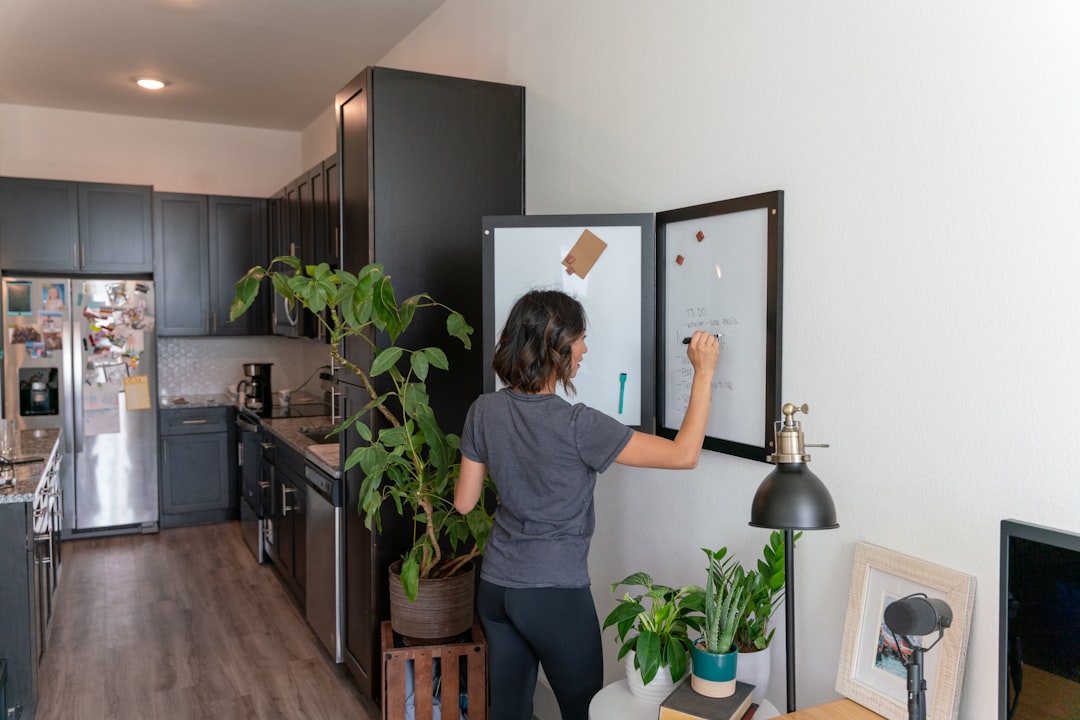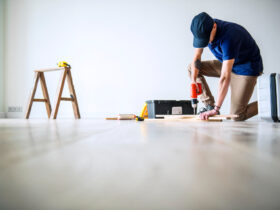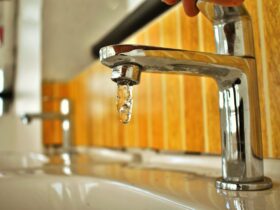Improving your home’s energy efficiency doesn’t have to involve tearing down walls or replacing your entire HVAC system. With a few mindful changes, homeowners can significantly reduce utility bills, increase indoor comfort, and contribute to a healthier environment. These improvements are budget-friendly, require minimal tools, and often take just a weekend or two to complete.
From strategic lighting choices to better insulation techniques, there are plenty of small steps that can lead to big savings. Here are several straightforward ways to make your home more energy-efficient without undergoing major construction.
Upgrade to Smart Thermostats
Smart thermostats are a simple way to cut down on energy consumption without disrupting your routine. These devices learn your habits and adjust temperature settings automatically, optimizing comfort while reducing usage during periods when you’re away or asleep.
Installation usually takes less than an hour, and many utility companies offer rebates that lower the upfront cost. Over time, smart thermostats can reduce heating and cooling expenses by up to 10 percent annually. Features like remote access and scheduling make it easy to control energy use with just a few taps on your smartphone.
Improve Window Seals and Curtains
Windows are a common source of energy loss, particularly in older homes. Check for drafts by holding a candle or incense stick near window frames. If the smoke moves noticeably, it’s time to reseal. Use weatherstripping or caulking to plug small gaps, which prevents air from escaping and outside temperatures from creeping in.
Adding thermal or blackout curtains can also help. These heavy drapes insulate windows by blocking both heat and cold, depending on the season. They’re particularly useful in rooms that receive a lot of sun during the day or lose warmth quickly at night.
Boost Insulation in Attics and Basements
While replacing walls to add insulation isn’t feasible for everyone, boosting it in key areas like the attic or basement can be an impactful alternative. These spaces are often responsible for a large share of heat loss. Adding batt insulation or even blown-in insulation above the ceiling can prevent air from escaping and reduce the strain on your heating and cooling systems.
You don’t have to fill the entire attic or crawlspace to see benefits. Even targeted improvements in problem areas can make a noticeable difference in your home’s overall energy efficiency.
Check Your Roof for Energy Waste
The roof plays a major role in regulating indoor temperatures, especially in extreme weather. A poorly maintained roof can lead to unwanted heat gain in the summer and unnecessary heat loss in winter. Working with a trusted local roofing contractor ensures your roof is performing as it should. They can assess its condition, check for leaks or weak insulation points, and recommend solutions that keep your home comfortable and efficient.
Preventive maintenance now can save significant money later, especially if your roof is older or hasn’t been inspected in years. A roof in good condition also protects other efficiency upgrades from becoming compromised over time.
Replace High-Usage Bulbs and Appliances
Lighting is one of the easiest areas to address when trying to lower electricity costs. Swap out traditional incandescent bulbs with LEDs or CFLs, which use up to 75 percent less energy and last much longer. Focus on rooms where lights stay on the longest, like kitchens, living rooms, and hallways.
Likewise, take stock of your appliances. If your refrigerator, washer, or dryer is more than ten years old, it may be worth considering an upgrade. Energy-efficient models not only consume less power but often work faster and more effectively. Some newer models come with smart features that allow you to schedule usage during off-peak hours, which can further reduce your bill.
Use Power Strips to Cut Phantom Load
Even when electronics appear to be off, many still draw power while plugged in. This phantom load can add up, especially when multiplied across dozens of devices. Using power strips makes it easier to disconnect multiple gadgets with a single switch.
This approach works particularly well in home offices, media centers, and kitchen areas with many small appliances. Once you get into the habit of flipping the strip when not in use, you’ll start to see small but noticeable drops in your energy usage.
Small actions can lead to lasting impact. By making smarter choices and being more aware of how your home consumes energy, you can improve efficiency without touching your walls or investing in major systems. These easy upgrades make your living space more comfortable and reduce your environmental footprint while keeping utility bills in check.







Leave a Reply